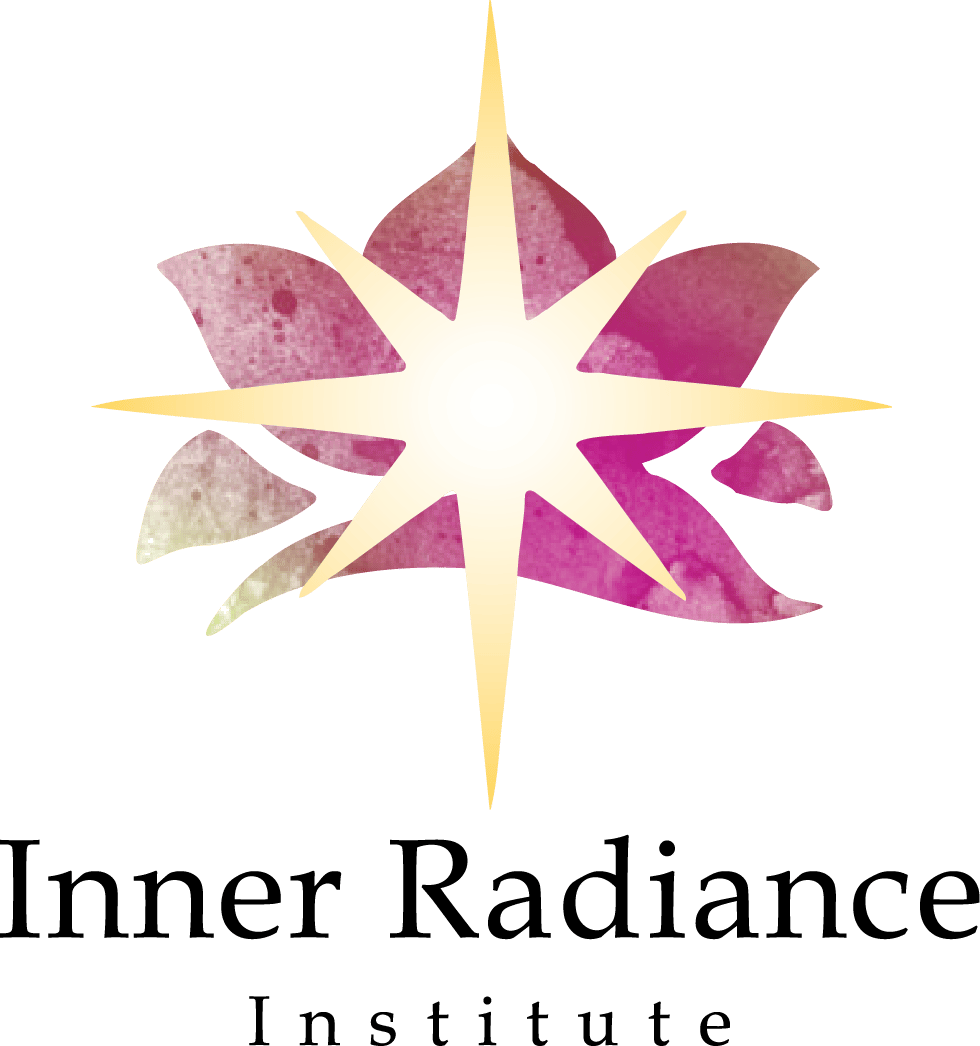Qi is literally your life force energy that flows through everything, including the body tissues and organs. Pain and dis-ease result when qi is not flowing properly. When qi is flowing smoothly, a person can better fulfill their destiny, or their life purpose. The purpose of healing and health is always to help you align fully with your destiny and live your life purpose in a manner that benefits all beings. Conversely, fulfilling one’s life purpose is most easily realized when maintaining a high level of internal balance, which can be translated as radiant health.
Chinese medicine describes the key internal building blocks that help can help us understand how our physical health and our emotions are connected, how to interpret what they are telling us, and how to shift our internal state and create a different state of being.
These key building blocks to understanding your inner world, what I refer to as our internal infrastructure are the five elements, yin and yang, and the concept of jing, qi and shen. These comprise the foundation of Chinese medicine and provide an underlying understanding to the structure of the natural world and how we, as humans, mirror and reflect that same structure. These are the key elements of the language of Chinese medicine. Understanding them will give you deeper insight into how you operate in your physical body, and in your mental, emotional, and spiritual bodies as a whole and integrated being.
Humans are a Dynamic Expression of the Five Elements
The five elements or phases are wood, fire, earth, metal, and water. Ancient Chinese medicine practitioners, influenced by Taoism, perceived and codified a system of five elements as a practical way to understand our universe, environment, and ourselves. Each of the five elements or phases has very specific correspondences to the body and to the natural world. Each element or phase corresponds to bodily organs, a color, a taste, an emotion, a direction, and a season, all geared towards directing you from the broader aspect of nature to its specific location and orientation in the body. These correspondences offer a map for translating the more vague and illusive concept of spring or winter into a practical understanding of what it looks like in your body, and in your practical daily life.
The 5 organ systems: The Chinese Medicine Understanding of the Heart Mind or Personality
The five organs – liver, heart, kidneys, spleen, and lungs – represent a distinct element of our conscious intelligence. Taoist thought sees conscious awareness as residing in our whole body and not simply our brain. Our own innate virtues, as well as our capacity for the acquired or negative emotional opposite resonates with each organ system. For example, anger and frustration can be stored in the liver, but also our capacity for creativity, vision, self and interpersonal love, and kindness. In the spleen lies our capacity for worry, as well as deep trust and inner acceptance. The lungs hold our capacity for grief, as well as courage and integrity. The kidneys house fear, as well as gentleness and deep wisdom. And the heart represents our capacity for unconditional love, joy, and a sense of order, as well as impatience, intolerance, chaotic thinking, and cruelty. We all have the capacity to choose either end of the emotional scale, as well as all of the places on the continuum between those extremes.
There is a flow of emotions and energies in the body that follows what is called the creation cycle. It flows from the unknown and the wisdom born of sitting in the quiet stillness and vastness (kidneys) that flow into the loving kindness toward others and ourselves (liver), the order and joy that comes from feeling a higher order of unconditional love and acceptance (heart), to the deep trust in ourselves and our inner guidance (spleen), to the courage to be fully present (lungs) that helps us walk into the unknown and gain the wisdom from the process of being in the flow of life.
The five elements represent specific stages of the creative life cycle, and any phase of the cycle can be in excess or in depletion. Each cycle flows into the next, and it can be a fluid process when in harmony. We can all get stuck at different phases and may need some assistance in reestablishing that sense of flow. These five phases are:
Gestation and Birth/Water/Kidney/Will – This the gestation stage. Something is being nourished and nurtured in its gestation stage. It is the germination phase. The imagery in this stage is of the breaking of the water that triggers birth. Representative of this phase is a seed full of potential but yet to grow.
Growth and Expansion /Liver/Creative Expression – During the growth phase, something is expanding and growing. Think of new plant buds springing through the earth.
Expansion/Fire/Love – This expansion phase is the stage where growth peaks and is at its maximum height, like a flower blooming.
Digestion/Earth/Spleen/Trust – This digestion phase is the center point. We transition through earth between every cycle to help us distill and digest each successive stage. Also, this is the harvest of what we have grown and created.
Refinement/Metal/Lungs/Integrity – During the refinement phase, you distill down the essence, or the gold, of what you have been working to create. Here you cull what doesn’t work and keep what does.
The fifth element or phase, Earth, provides a grounding point between each of these phases. This is our time to digest what we have experienced and integrate it. It is in the transition stage that we most often experience discomfort or difficulty adjusting to the next phase of the cycle, when we have trouble digesting the changes that are occurring within us, as well as outside of us. Getting sick or developing allergies during the change of season are examples of a difficult digestion phase. Another example is when we experience tiredness or a flood of emotions following a big life event or loss that we are trying to make sense of.
Yin and Yang
Yin and Yang are fundamental concepts in Chinese medicine that help us understand our inner polarities. One cannot exist without the other, as yin and yang are two pieces that comprise a whole. Understanding these aspects of ourselves can help us see when we are out of balance and how to bring things back to a more balanced state.
The original definition of yin is the shady side of the mountain whereas the yang side is the sunny side of the same mountain. Yin represents the quiet, still, receptive, contracted, darker, denser, cooling, moistening energy, while yang represents the active, expansive, light, warming, drying energy. If you are tired in the mornings (yang part of the day) you may be deficient in yang energy or rising, strengthening energy. In this situation, you would receive treatment to boost the yang. Additionally, because yang cannot exist without yin, you would want to careful not to burn or dry out the yin energies with too much warming or stimulating energies. Symptoms such as night sweats or restless sleep (both of which seem like a heat sign) can actually indicate that you are lacking yin or the cool, moistening energy, which you notice more acutely during the most yin time of day (evening or night).
Understanding these concepts can help to understand what environmental, food, or even meditation you are needing. For example if you are overheated or overstimulated, it would be best to avoid heating foods like cinnamon, garlic, or onions, while seeking out shaded, cooling places (such as near water), and engaging in more quiescent meditative practices like sitting in appreciation or smiling at different organ systems such as the heart.
Three Treasures: Jing, Qi, Shen
Jing, qi and shen are terms that, when referring to the body, loosely translate into the substance, energy and spirit. Jing refers to the genetics and structure of the body and the physical manifestation of organs, limbs, flesh, etc. The qi is the energy that animates the flesh and the jing and gives us life. The shen refers to the spiritual essence or the soul, and the ability of each human to continue growing and evolving spiritually. These are referred to as the three treasures in Chinese medicine. They are three different levels of the same life force energy that fall on a continuum that is in a process of constant interchange. For example, the shen is fed by the energy (qi) in food as well as the energy in our daily interactions. By getting enough sleep one can preserve the jing energy (ie consume reserve energy), and with enough quality food and quality relationships one feeds the qi. Without jing and qi nourishment, it is more difficult to nourish the spirit or shen and experience a deep sense of fulfillment.
Postnatal and Prenatal Qi
A practical way of understanding qi and how to manage it for longevity and health is by understanding postnatal qi and prenatal qi. Postnatal qi is the qi that we get from the consumption of food, water, and the maintenance of good relationships and harmonious emotions. It is called postnatal because it is qi that you acquire after you are born. This can be likened to your health checking account. Every ‘day you expend some qi in talking, doing, interacting, however you are also “putting qi in” by eating healthy food, drinking high quality water, having restful sleep, and being aware of different emotions and how they trigger specific reactions. The prenatal qi is what you are born with, which represents your genetic inheritance and the potential in your DNA. Each day you can assess whether your postnatal qi (checking account) withdrawals are depleting your prenatal qi (savings account). Luckily there are methods in Chinese medicine to protect and bolster BOTH prenatal and postnatal qi.
Illuminating these concepts is a tool to help us see ourselves more clearly. This clarity of vision helps expand our internal space to give us a larger perspective. Inner spaciousness allows you to acknowledge how several seemingly contradictory and opposing realities can all exist together at the same time. Some traditions refer to this space as the inner observer, the inner sage, the higher self. When I am talking to my three year old, I call this place your light switch. The goal of bringing these parts of ourselves into our conscious awareness can help see through the emotions and pain that fog our vision and disrupt the connection to your own radiance and inner light.



